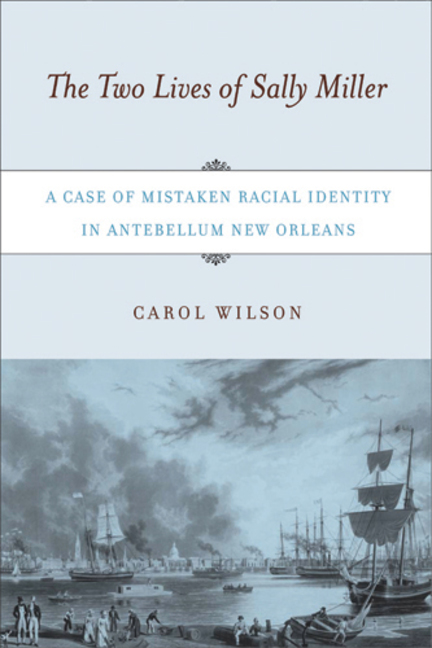A Southern Family in White and Black: The Cuneys of Texas
Texas A&M University Press
2002-12-06
192 pages
6.125 x 9.25
4 b&w photos.
ISBN 13: 978-1-58544-200-3
Douglas Hales, Professor of History
Temple College, Temple, Texas

The complex issues of race and politics in nineteenth-century Texas may be nowhere more dramatically embodied than in three generations of the family of Norris Wright Cuney, mulatto labor and political leader. Douglas Hales explores the birthright Cuney received from his white plantation-owner father, Philip Cuney, and the way his heritage played out in the life of his daughter Maud Cuney-Hare. This intergenerational study casts light on the experience of race in the South before Emancipation, after Reconstruction, and in the diaspora that eventually led cultural leaders of African American heritage into the cities of the North.
Most Texas history books name Norris Wright Cuney as one of the most influential African American politicians in nineteenth-century Texas, but they tell little about him beyond his elected positions. In The Cuneys, Douglas Hales not only fills in the details of Cuney’s life and contributions but places him in the context of his family’s generations.
A politically active plantation owner and slaveholder in Austin County, Philip Cuney participated in the annexation of Texas to the United States and supported the role of slavery and cotton in the developing economy of the new state. Wealthy and powerful, he fathered eight slave children whom he later freed and saw educated. Hales explores how and why Cuney differed from other planters of his time and place.
He then turns to the better-known Norris Wright Cuney to study how the black elite worked for political and economic opportunity in the reactionary period that followed Reconstruction in the South. Cuney led the Texas Republican Party in those turbulent years and, through his position as collection of customs at Galveston, distributed federal patronage to both white and black Texans. As the most powerful African American in Texas, and arguably in the entire South, Cuney became the focal point of white hostility, from both Democrats and members of the “Lily White” faction of his own party. His effective leadership won not only continued office for him but also a position of power within the Republican Party for Texas blacks at a time when the party of Lincoln repudiated African Americans in many other Southern states. From his position on the Galveston City Council, Cuney worked tirelessly for African American education and challenged the domination of white labor within the growing unions.
Norris Wright Cuney’s daughter, Maud, who was graced with a prestigious education, pursued a successful career in the arts as a concert pianist, musicologist, and playwright. A friend of W. E. B. Du Bois, she became actively involved in the racial uplift movement of the early twentieth century. Hales illuminates her role in the intellectual and political “awakening” of black America that culminated in the Harlem Renaissance of the 1920s. He adroitly explores her decision against “passing” as white and her commitment to uplift.
Through these three members of a single mixed-race family, Douglas Hales gives insight into the issues, challenges, and strengths of individuals. His work adds an important chapter to the history of Texas and of African Americans more broadly.








![White Women, Black Men: Illicit Sex in the Nineteenth-century South by [Hodes, Martha]](https://images-na.ssl-images-amazon.com/images/I/415o8hHTeCL.jpg)
